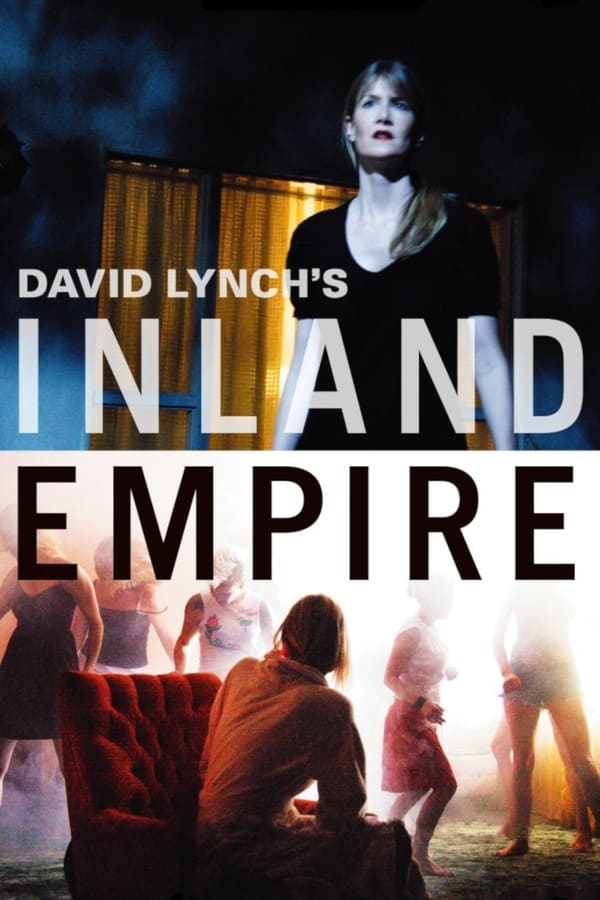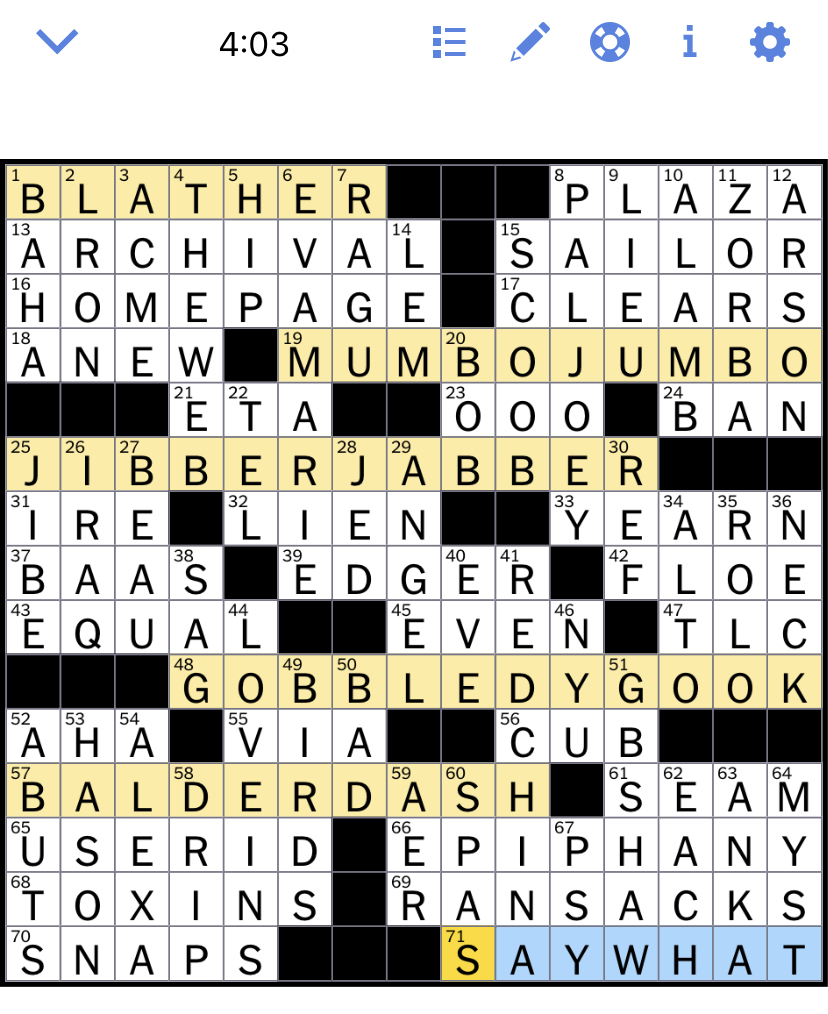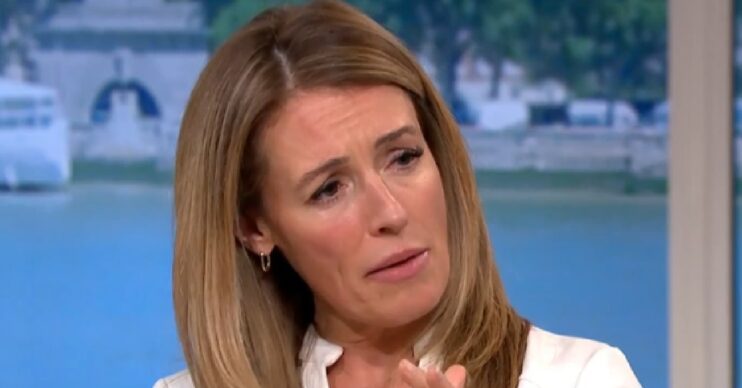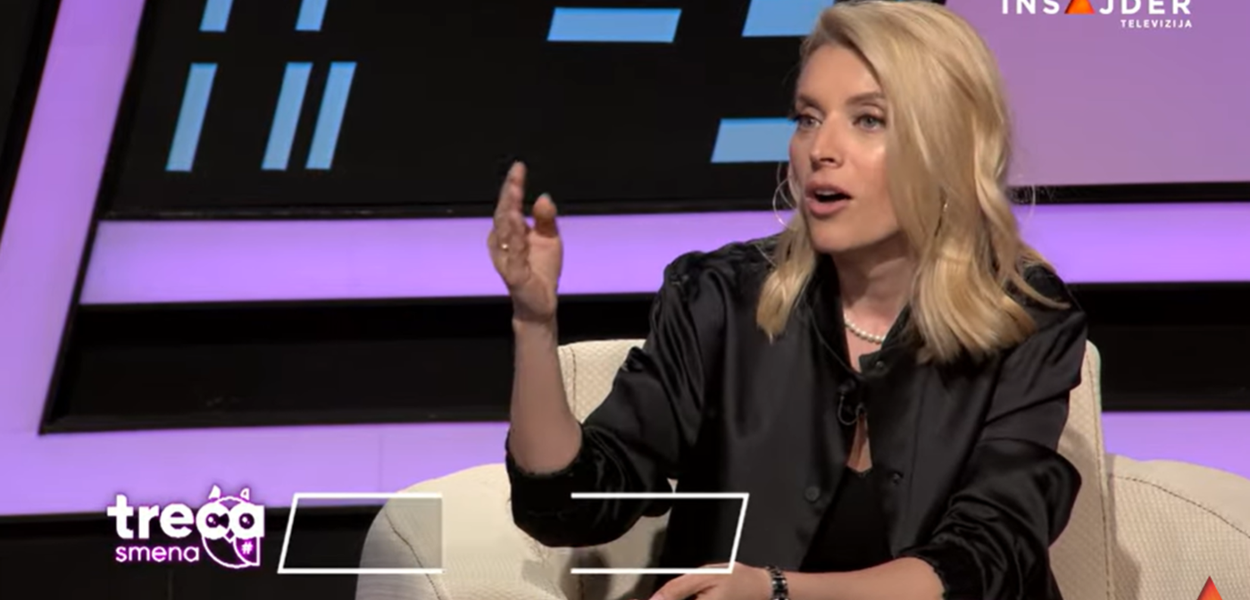The 10 Most Terrifying Arthouse Horror Films

Table of Contents
Arthouse horror prioritizes atmosphere and psychological manipulation over cheap thrills. It focuses on creating a palpable sense of dread, using unsettling visuals, sound design, and ambiguous narratives to explore the darkest corners of the human mind. This article aims to explore ten films that exemplify the most terrifying aspects of this unique subgenre.
Unsettling Atmosphere and Psychological Dread: The Masterclass of Slow Burn Horror
Arthouse horror excels at building suspense. It meticulously crafts unsettling atmospheres and uses psychological manipulation to create a lasting sense of unease. Unlike mainstream horror's reliance on immediate shocks, arthouse horror cultivates a pervasive dread that slowly consumes the viewer. This is achieved through various techniques:
- Sound design: The use of unsettling soundscapes, silences, and unsettling musical cues to heighten tension and create a sense of unease.
- Visuals: Employing unsettling imagery, cinematography, and color palettes to evoke a feeling of unease and disquiet.
- Pacing: The slow burn approach allows the tension to build gradually, creating a more impactful and sustained sense of dread.
Here are some prime examples of films mastering this slow burn technique:
-
The Shining (Stanley Kubrick): This classic explores isolation, unsettling visuals, and the gradual descent into madness. The vast, empty Overlook Hotel becomes a character in itself, amplifying Jack Torrance's psychological deterioration. The film's unsettling atmosphere, punctuated by iconic shots and unnerving music, creates a lasting sense of dread.
-
The Witch (Robert Eggers): This film expertly uses a claustrophobic setting and creeping paranoia to generate a chilling atmosphere. The isolated New England farm and its ominous surroundings become breeding grounds for suspicion and fear, leaving the audience constantly on edge.
-
The Lighthouse (Robert Eggers): Isolation, psychological deterioration, and unsettling imagery are central to this film’s disturbing narrative. The bleak, windswept island and the imposing lighthouse create a claustrophobic and visually arresting environment, enhancing the descent into madness of the two lighthouse keepers.
Subverting Expectations: Unconventional Storytelling in Arthouse Horror
Arthouse horror frequently defies typical horror tropes and structures, offering unconventional narratives that challenge expectations. These films often prioritize psychological exploration and thematic depth over straightforward plotlines. This approach can be seen in:
- Nonlinear storytelling: Films may utilize flashbacks, dream sequences, or fragmented narratives to disorient the viewer and amplify the sense of unease.
- Ambiguous endings: Rather than providing clear-cut resolutions, arthouse horror often leaves the audience with unanswered questions, forcing them to grapple with the film's unsettling themes.
- Surreal elements: The incorporation of surreal or dreamlike sequences can heighten the psychological impact and disorient the viewer, intensifying the feeling of dread.
Examples of films that master unconventional storytelling include:
-
The Babadook (Jennifer Kent): This film uses a surreal lens to explore grief and trauma. The titular monster embodies the protagonist's emotional turmoil, blurring the lines between reality and hallucination.
-
Under the Skin (Jonathan Glazer): This film's unconventional narrative and unsettling realism create a deeply disturbing viewing experience. Its slow pace and ambiguous plot amplify the sense of unease, leaving a lasting impression.
-
Audition (Takashi Miike): This film’s slow build and shocking twist exemplify the unpredictable nature of arthouse horror. The seemingly calm surface hides a terrifying descent into violence and madness, leaving the audience utterly unsettled.
Exploring Taboo Subjects and Existential Fears
Arthouse horror often delves into uncomfortable and taboo subjects, pushing boundaries and amplifying the sense of unease. These films frequently explore:
- Psychological trauma: Many arthouse horror films explore the lasting effects of trauma, abuse, and mental illness on the human psyche.
- Existential dread: The genre often grapples with themes of mortality, meaninglessness, and the inherent darkness of the human condition.
- Societal repression: Some films explore the consequences of societal repression and the dark underbelly of human nature.
The following films showcase this exploration of taboo subjects and existential themes:
-
Antichrist (Lars von Trier): This film is a visceral exploration of grief, trauma, and religious symbolism, pushing the boundaries of what is considered acceptable in cinema.
-
Possession (Andrzej Zulawski): This film delves into the disintegration of a relationship, exploring themes of identity, the supernatural, and the destructive power of obsession.
-
The Devils (Ken Russell): This controversial film explores religious fanaticism and societal repression in 17th-century France, using shocking imagery and disturbing themes to create a powerful and unsettling experience.
Beyond the Jump Scare: The Power of Suggestion in Arthouse Horror
Arthouse horror prioritizes suggestion and implication over explicit gore or jump scares. It relies on the power of suggestion to create a more profound and lingering unease. This approach often creates a more unsettling and disturbing experience, as the viewer's imagination fills in the blanks, resulting in a more personal and impactful horror experience. The lingering unease is a key characteristic of this subgenre; it sticks with the viewer long after the film has ended, making the experience far more potent than a simple jump scare.
Conclusion: Confronting Your Fears with the Best Arthouse Horror Films
The ten films highlighted above demonstrate the unique power of arthouse horror. They masterfully utilize unsettling atmosphere, psychological dread, and unconventional storytelling to create truly terrifying cinematic experiences. Unlike mainstream horror, these films don’t rely on cheap thrills; instead, they burrow into the subconscious, leaving a lasting impact long after the credits roll. Their exploration of taboo subjects and existential fears creates a potent blend of psychological suspense and disturbing imagery. Dare to explore the world of arthouse horror. Watch these films and discover for yourself the unique terror they offer. We encourage you to delve deeper into the world of best arthouse horror movies and share your own terrifying arthouse horror selections in the comments below!

Featured Posts
-
 Champions Trophy 2024 Englands Winter Blues
May 23, 2025
Champions Trophy 2024 Englands Winter Blues
May 23, 2025 -
 Get The Answers Nyt Mini Crossword March 6 2025
May 23, 2025
Get The Answers Nyt Mini Crossword March 6 2025
May 23, 2025 -
 Meteorologia Prevision De Lluvias Moderadas Para Hoy
May 23, 2025
Meteorologia Prevision De Lluvias Moderadas Para Hoy
May 23, 2025 -
 This Morning Cat Deeley Shares Emotional Reason For Funeral Absence
May 23, 2025
This Morning Cat Deeley Shares Emotional Reason For Funeral Absence
May 23, 2025 -
 Ispovest Vanje Mijatovic Razvod I Borba Protiv Predrasuda
May 23, 2025
Ispovest Vanje Mijatovic Razvod I Borba Protiv Predrasuda
May 23, 2025
